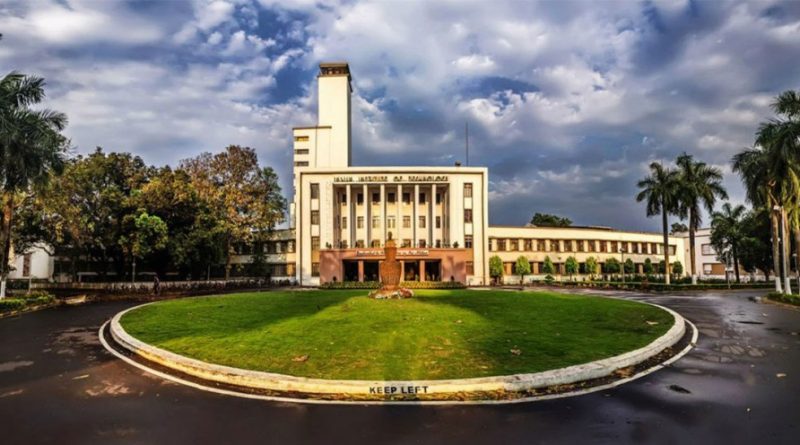What is Caste? All You Need To Know
In the rich tapestry of human societies, the concept of Casteò has woven intricate patterns, influencing social structures, professions, and individual identities. This article delves into the multifaceted nature of caste, exploring its historical roots, contemporary implications, and the ongoing debates surrounding it.
I. Introduction
A. Definition of Caste
Caste, in its broadest sense, refers to a hierarchical social division where individuals are grouped based on factors like birth, occupation, or social standing. This intricate system has deep historical roots, shaping societies for centuries.
B. Historical Context
The origins of the caste system can be traced back to ancient civilizations, each with its unique interpretation. Over time, these systems evolved, adapting to changing social, economic, and political landscapes.
II. Types of Castes
A. Varna System
The Varna system, originating in ancient India, categorizes society into four primary groups – Brahmins, Kshatriyas, Vaishyas, and Shudras. Each group had specific duties and responsibilities.
B. Jati System
The Jati system, a subcategory within the Varna framework, further divides society into numerous subgroups, creating a complex web of social stratification.
III. Origins and Evolution
A. Ancient Roots
Caste systems have ancient roots in various cultures worldwide, such as the class system in ancient Rome or the hereditary guilds in medieval Europe.
B. Changes Over Time
These systems underwent changes over the centuries, influenced by socio-economic shifts, cultural exchanges, and the rise and fall of empires.
Read more interesting blogs at usafoxnews.com;
IV. Caste in Different Cultures
A. Indian Caste System
The Indian caste system remains one of the most well-known examples, impacting daily life, marriage, and economic opportunities. It has faced criticism for perpetuating discrimination and inequality.
B. Caste-Like Structures in Other Societies
Similar hierarchical structures exist in different forms across the globe, affecting communities in Africa, Asia, and even among diaspora populations.
V. Social Implications
A. Discrimination and Inequality
One of the most significant drawbacks of the caste system is the perpetuation of discrimination and inequality, limiting opportunities for those in lower castes.
B. Impact on Social Mobility
Social mobility becomes challenging for individuals born into lower castes, often leading to a perpetuation of socio-economic disparities across generations.
VI. Controversies and Debates
A. Criticisms of the Caste System
Critics argue that the caste system reinforces social hierarchies and restricts individual freedoms, leading to an unjust and unequal society.
B. Arguments in Its Favor
Some proponents suggest that the caste system maintains social order, preserving cultural traditions and ensuring the smooth functioning of society.
VII. Modern Perspectives
A. Efforts Towards Eradication
In the modern era, there have been significant efforts to eradicate the caste system and address social disparities through affirmative action and awareness campaigns.
B. Challenges in Contemporary Society
Despite these efforts, challenges persist, with deep-rooted beliefs and practices hindering the complete elimination of caste-based discrimination.
VIII. Influence on Professions
A. Traditional Occupations
Historically, caste often determined one’s profession, leading to the entrenchment of certain communities in specific trades and services.
B. Changing Trends
Modernization and urbanization have contributed to a shift in this trend, as education and career opportunities become more accessible to individuals irrespective of their caste.
IX. Caste in the Global Context
A. Diaspora Communities
The impact of caste extends beyond geographical boundaries, affecting diaspora communities and their interactions in multicultural societies.
B. Perception in the International Arena
Caste-related issues have gained attention on the international stage, prompting discussions on human rights and social justice.
X. Legal Aspects
A. Anti-Discrimination Laws
Many countries have enacted laws to combat caste-based discrimination, but the effectiveness of these laws varies, often due to challenges in enforcement.
B. Challenges in Enforcement
Enforcing anti-discrimination laws poses challenges, as deep-rooted social attitudes may hinder the effective implementation of legal measures.
XI. Education and Caste
A. Access to Education
Caste often influences access to education, with individuals from lower castes facing barriers that limit their opportunities for academic advancement.
B. Representation in Academia
Efforts are being made to address the underrepresentation of certain castes in academic and research institutions, promoting diversity and inclusivity.
XII. Media Portrayal
A. Stereotypes and Representations
Media often perpetuates stereotypes related to caste, influencing public perception and reinforcing pre-existing biases.
B. Impact on Public Perception
The portrayal of caste in the media contributes to shaping public opinion, either challenging or reinforcing existing social norms.
XIII. Intersectionality
A. Overlapping Identities
Caste intersects with other identity markers, such as gender and ethnicity, creating complex webs of discrimination and privilege.
B. Interconnected Systems of Oppression
Understanding caste in the context of interconnected systems of oppression is crucial for addressing the root causes of discrimination.
XIV. Future Outlook
A. Changing Dynamics
Societal changes, educational reforms, and advocacy efforts contribute to evolving dynamics, challenging traditional notions of caste.
B. Aspirations for a Caste-Free Society
As we progress into the future, the aspiration for a caste-free society remains a driving force for social activists and policymakers alike.
XV. Conclusion
In conclusion, the concept of caste, while deeply ingrained in historical and cultural contexts, continues to spark debates and challenges. Efforts towards eradication and societal transformation persist, but the road ahead is marked by hurdles. Embracing diversity, dismantling stereotypes, and fostering inclusivity are essential for envisioning a future free from the shackles of caste-based discrimination.
FAQs
Is the caste system only prevalent in India?
- No, similar hierarchical systems exist in various forms globally, impacting communities in different continents.
Can the caste system be completely eradicated?
- Complete eradication faces challenges due to deep-rooted beliefs, but ongoing efforts aim to minimize its impact.
How does caste intersect with other forms of discrimination?
- Caste intersects with factors like gender and ethnicity, creating complex systems of discrimination and privilege.
What role does the media play in perpetuating caste stereotypes?
- The media often reinforces stereotypes, shaping public perception and influencing societal attitudes towards caste.
What can individuals do to contribute to a caste-free society?
- Individuals can contribute by challenging stereotypes, promoting inclusivity, and supporting policies that address caste-based discrimination.

